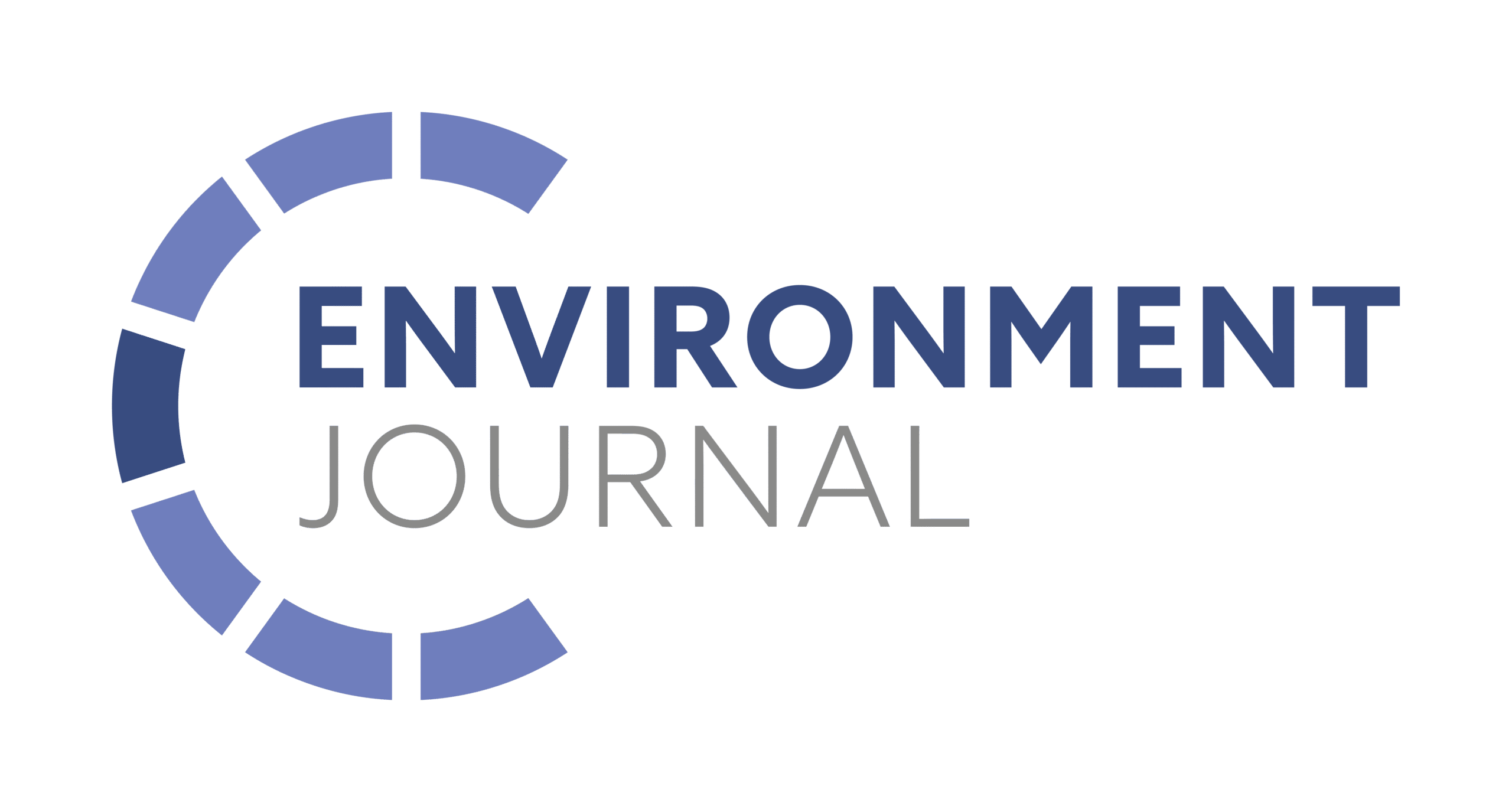In a ruling described as ‘seismic’, The European Court of Human Rights has determined that in failing to protect its citizens from environmental pollution, Italy had violated Article 2 (right to life) of the European Convention on Human Rights.
The case had been brought by 41 individual citizens and living in Caserta and Naples, along with five regional organisations. At its centre was the continuing impact of waste dumping in part of the Campania region known as the Terra dei Fuochi, that was said to be affecting the health of those living in the area.
Terra dei Fuochi, which is home to nearly 3 million people, had long suffered from criminal gangs using private land for the illegal dumping, burying or burning of waste, with concerns being raised as long ago as 1996.
The press release issued by the ECtHR said the area had become ‘a receptacle for waste of every kind’ with one report referring to Campania’s being treated as ‘the dustbin of Italy’. Another compared the environmental disaster with the spread of the plague in the seventeenth century.
The extent of problems caused by the waste dumping were immediately acknowledged by the Court, who accepted the existence of a ‘sufficiently serious, genuine and ascertainable’ risk to life.
The Court decided it was ‘neither necessary nor appropriate to require the applicants to demonstrate a proven link between the exposure to an identifiable type of pollution or even harmful substance and the onset of a specific life-threatening illness or death as a result of it.’
It was then for the Court to decided whether the authorities had responded to this risk appropriately, finding, unequivocally, that they had not. They described the delay by the authorities in taking action as ‘unacceptable’.
The Court ruled that Italy must draw up a comprehensive strategy to address the situation, set up an independent monitoring mechanism, and establish a public information platform. They have been given two years to achieve this.
ClientEarth fundamental rights lawyer Malgorzata Kwiedacz-Palosz said: ‘This ruling confirms that our human rights rely on a healthy environment – including healthy air, water and soil – and that it is on governments to protect people from environmental threats to life, no matter who causes these.
‘For the first time the Court confirmed that environmental pollution can threaten the right to life itself – meaning that governments will be assessed more rigorously, with less room for discretion. The right to life triggers strong protection obligations – and obligations that governments must engage with proactively, diligently and in a timely manner – because the impacts of its violation are irreversible harm and the loss of life itself.’
Leading epidemiologist Dr Fabrizio Bianchi, who submitted supportive arguments to the case, said:’For years, the almost 3 million people in this region have suffered due to toxic pollution which has been a known risk to their health since at least the 1980s. The local health impacts are clear – from elevated rates of cancer and cardiovascular disease to digestive and urinary ailments. We need to see an immediate clean-up – and full responsibility taken by the Italian state to monitor and mitigate the situation.’
















Leave a Reply